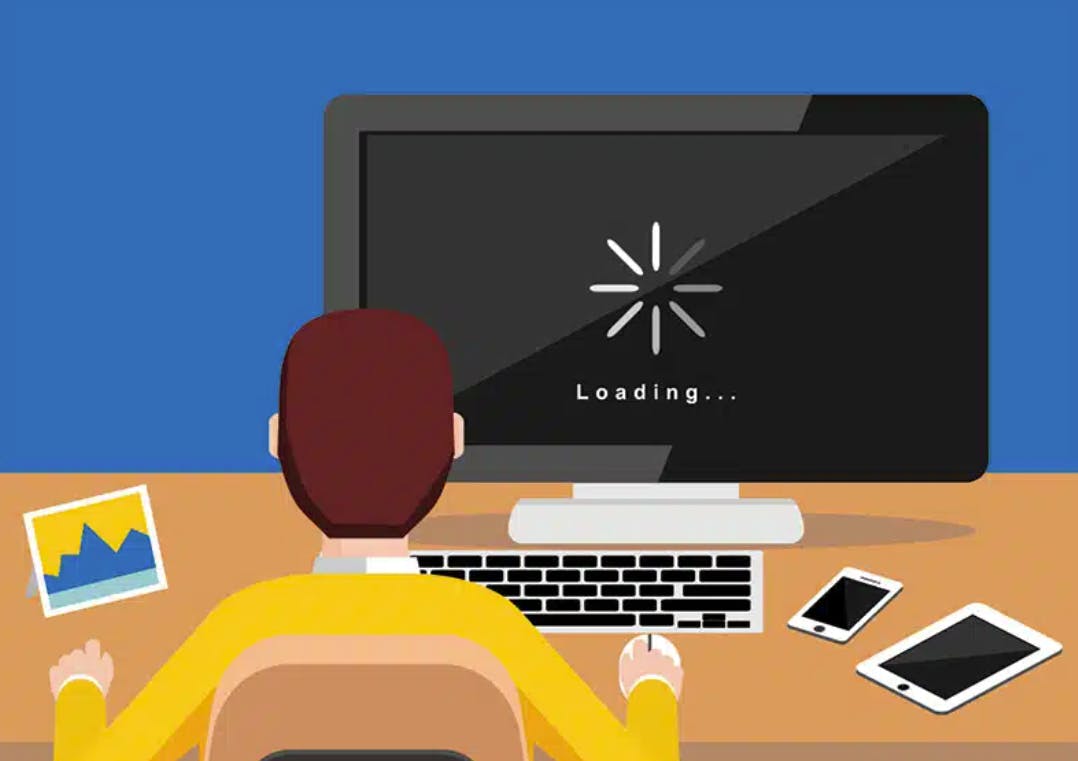You're too hard to deal with
Overcoming barriers to implementing B2B eCommerce

“We love your product, but you’re just too hard to deal with, so we’re switching to your competitor, even though we know their product is inferior” - these are words you never want to hear (the rejection is brutal). You know you’ve got something great to offer, so it’s disheartening to know you’re missing out because people feel it’s just painful to buy via your current processes.
We like to think of ourselves as rational beings, but we’re actually not (well, not completely). Study after study, and real world observations have shown that we actually make decisions based on emotion, then “post-rationalise”.
This has profound implications… implications for how you create ecommerce experiences for your customers AND how you manage your stakeholders. The role of psychology and change management cannot be overstated.
Expectations have changed within B2B ecommerce. It’s not the clunky old process that you know (and don’t love). It’s out with faxes, handwritten forms and endless phone calls, in with personalised, streamlined, transparent online processes.
We’ve been hearing for years now that B2B customers have B2C expectations. So what’s holding us back?
Tools, People and everything in between.
So… in addition to the right tools, what ingredients create success? We’ll call them the 6Ps:
1. People
We all need a champion to help create clarity of the vision and have a relentless focus on customer experience.
B2B plays out in different ways in each business. We talk about B2B as if it is homogenous & undifferentiated. It’s not just about selling to other businesses or selling volume. Deeply understanding the complexities of YOUR version of B2B is vital. It is massively diverse in its models, and within each organisation. Much of the internal knowledge may not be properly documented or understood. It’s important to extract this info and test it.
Working with your team to create change is not only necessary, but beneficial, especially for the field sales team. This is not about replacing them with technology,
rather it is about augmenting so they can better focus on building relationships with customers.
2. Process
B2B buyers are humans too and humans are “rationalising not rational” decision makers, so it’s important to understand the emotional drivers for your customers. Improving processes using ecommerce solutions is about strengthening customer relationships, not replacing them, creating efficiencies for lower value interactions and enriching high value interactions. A more streamlined path to purchase enables customers to be more productive, playing into the needs of saving time, reducing effort and decreasing hassles.
3. Plumbing
Integration underpins everything. There is no perfect, standalone “one tool to rule them all”. Remember the importance of fulfillment as part of the experience. Integrations and solution architecture is key to managing expectations and fulfilment abilities. Select “fit for YOUR purpose” tools that “play nicely” and align with other applications.
4. Patience
Don’t try to boil the ocean! Think of executing an ecommerce platform as a “Minimum Time to Value” (MTTV), rather than a Minimum Viable Product (MVP) project. Focus on how you will demonstrate success and justify ongoing investment. This requires discipline and a committed executive sponsor.
5. Persistence
“Nothing worthwhile was ever accomplished without the will to start, the enthusiasm to continue and, regardless of temporary obstacles, the persistence to complete.” Ralph Waldo Emerson
There will be challenges. Prepare stakeholders early for risks such as:
- Data - accuracy and alignment
- Undocumented manual processes
- Changes in business direction (customer or internal)
6. Partnership
Linking into “People”, long-term relationships are based on joint success. You need to be willing to have the hard conversations. Relationships are built on trust which requires transparency and vulnerability.
Experience counts, but culture wins.
To round up, it’s true that expectations have changed, but B2B is different from B2C. However, tools exist to deliver on those expectations, but that’s the “easy part”.
The complexity of B2B ecommerce can feel overwhelming and perhaps not even an option for some businesses, but the reality is that it is achievable and greatly beneficial. Exploring the 6 Ps is a great place to start.





